Home>Dining>Events & Etiquette>How To Serve Beef Stew At A Dinner Party
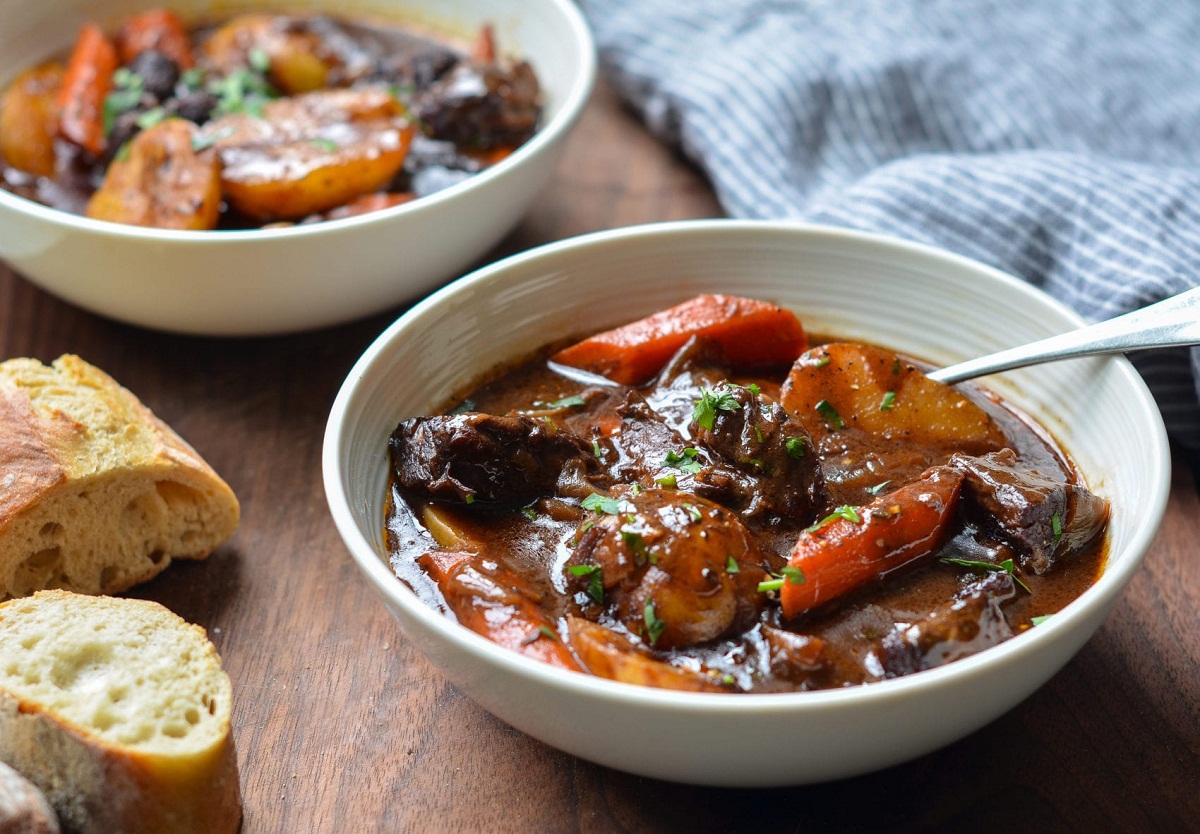

Events & Etiquette
How To Serve Beef Stew At A Dinner Party
Modified: October 19, 2024
Learn the proper events etiquette for serving beef stew at your next dinner party. Impress your guests with this delicious and comforting dish.
(Many of the links in this article redirect to a specific reviewed product. Your purchase of these products through affiliate links helps to generate commission for Storables.com, at no extra cost. Learn more)
Introduction
Welcome to the ultimate guide on how to serve delicious beef stew at a dinner party. Beef stew is a comforting and hearty dish that is perfect for entertaining guests. Whether you’re hosting a casual gathering or a formal event, serving beef stew can elevate your menu and leave your guests feeling satisfied and impressed.
Beef stew is a versatile dish that can be customized to suit your preferences and the occasion. It is a classic comfort food that brings people together, evoking warmth and nostalgia. With the right ingredients, preparation, and presentation, you can create a memorable dining experience for your guests.
In this article, we will provide you with expert tips and step-by-step instructions on how to choose the right beef, marinate it for optimal flavor, select the perfect vegetables and seasonings, apply the best cooking techniques, and present and serve the beef stew in a visually appealing manner. We will also offer suggestions for accompaniments and side dishes that pair well with beef stew.
By following our comprehensive guide, you’ll be well-equipped to impress your guests with a delicious bowl of beef stew that is both elegant and comforting. So, let’s dive in and discover the secrets of serving beef stew at your next dinner party!
Key Takeaways:
- Elevate your dinner party with a comforting and impressive beef stew. Choose the right beef, marinate it for optimal flavor, and present it with visually appealing garnishes for a memorable dining experience.
- Create a well-rounded meal by pairing beef stew with complementary accompaniments and side dishes. From warm bread to wine pairings, enhance the flavors and provide a satisfying dining experience for your guests.
Read more: What To Serve At An Italian Dinner Party
Choosing the Right Beef for Stew
When it comes to making a flavorful and tender beef stew, selecting the right cut of beef is crucial. The ideal cuts for stew are those that have a good amount of marbling and connective tissue, which will break down during cooking and create a rich and velvety texture.
One popular choice for beef stew is chuck roast. This cut comes from the shoulder area of the cow and has a good balance of fat and muscle. It is well-suited for slow cooking, as the collagen in the meat breaks down and turns into gelatin, resulting in a tender and flavorful stew.
Another excellent option is beef stew meat, which is often sold pre-cut into cubes specifically for stewing. This meat is usually a combination of different cuts, such as chuck, round, and brisket, giving you a mix of flavors and textures. It is a convenient choice if you prefer not to spend time trimming and cubing the meat yourself.
If you prefer a leaner stew, you can opt for bottom round or rump roast. While these cuts may have less marbling, they can still produce a delicious stew if cooked low and slow. Just be mindful to not overcook them, as they can become tough.
When purchasing beef for stew, look for meat that is bright red and well-marbled. Avoid cuts that are pale or have excessive amounts of fat. It’s also worth considering buying from a local butcher who can provide you with high-quality, fresh meat.
If you have the opportunity, you can enhance the flavor of your beef stew by opting for grass-fed beef. Grass-fed beef is known for its rich and distinct flavor, which can elevate the taste of your stew. Additionally, it is generally more sustainable and has fewer antibiotics and hormones compared to conventionally raised beef.
Remember, the quality of the beef you choose will greatly impact the overall flavor and tenderness of your stew. Take the time to select the best cut available to ensure a memorable dining experience for your guests.
Preparing and Marinating the Beef
Once you have chosen the perfect cut of beef for your stew, it’s time to prepare and marinate it to enhance its flavor and tenderness. Proper preparation and marinating can make a significant difference in the taste and texture of your beef stew.
Start by trimming any excess fat from the beef. While some fat is desirable for flavor, removing excessive fat will prevent the stew from becoming greasy. Cut the beef into evenly-sized cubes, typically around 1 to 2 inches in size. This ensures that the beef cooks evenly and allows for a consistent texture in the stew. Remove any tough connective tissue or silver skin that may be present.
Marinating the beef can bring an extra layer of flavor to your stew. Combine the beef cubes with a mixture of your choice – a combination of Worcestershire sauce, garlic, herbs, and spices is a popular marinade. Place the beef and marinade in a resealable plastic bag or a covered container and let it marinate in the refrigerator for at least 1 to 2 hours, or overnight if possible. This allows the flavors to penetrate the meat and tenderize it.
When marinating the beef, be cautious of using acidic ingredients like vinegar or citrus juice in excess. While small amounts can help tenderize the meat, too much acidity can break down the proteins excessively and result in a mushy texture.
Prior to cooking the beef, remove it from the marinade and pat it dry with paper towels. This step ensures that the beef browns properly during the cooking process. Discard the marinade as it has come into contact with raw meat and can pose a food safety risk if reused.
For best results, it is recommended to bring the beef to room temperature before cooking by letting it sit on the kitchen counter for about 30 minutes. This helps the meat cook more evenly and prevents it from becoming tough or dry.
By preparing and marinating the beef with care, you’ll infuse your stew with enhanced flavors and tenderness, resulting in a truly delectable dish that will have your guests coming back for seconds.
Selecting the Right Vegetables and Seasonings
When it comes to selecting the perfect vegetables for your beef stew, there are a few options that pair exceptionally well with the rich flavors of the beef. Root vegetables like carrots, potatoes, and onions are classic choices that add both flavor and texture to the stew.
Carrots provide a subtle sweetness and vibrant color to the stew. Opt for fresh carrots and peel them before cutting them into bite-sized pieces. You can choose to leave them in larger chunks for a more rustic presentation or dice them into smaller pieces for a more uniform texture.
Potatoes are another essential component of a hearty beef stew. They add a comforting starchiness and help thicken the broth. Choose waxy potatoes like Yukon gold or red potatoes, as they hold their shape well during the cooking process. Cut them into cubes or chunks comparable in size to the beef cubes.
Onions bring depth of flavor and aroma to the stew. Yellow onions are commonly used for their slightly sweet and pungent taste. Chop or slice the onions according to your preference, whether you want them to melt into the stew or retain some texture.
In addition to the classic vegetable trio, you can also incorporate other vegetables such as celery, parsnips, turnips, or mushrooms to add variety and additional flavors to your stew. These vegetables can provide a subtle earthiness and unique textures that complement the beef.
When it comes to selecting the seasonings for your beef stew, it’s important to strike a balance between enhancing the beef’s flavors and allowing them to shine. Common seasonings include garlic, thyme, rosemary, bay leaves, and black pepper. These herbs and spices add depth and aromatic notes to the stew.
Don’t forget to season your beef stew with salt. Salt helps to enhance all the flavors in the dish, so be sure to taste and adjust the seasoning accordingly. Start with a small amount and add more as needed throughout the cooking process. Remember, you can always add more salt but you can’t take it away once it’s been added.
If you prefer a touch of heat, you can add a small amount of crushed red pepper flakes or a pinch of cayenne pepper to give your stew a subtle kick. Just be mindful of the spice level, as you don’t want it to overpower the other flavors in the dish.
Experimenting with different vegetables and seasonings can add your own unique twist to the classic beef stew. Adjust the quantities and combinations based on your personal preference and the flavors you want to highlight in the dish. Remember, cooking is an art, so don’t be afraid to get creative!
When serving beef stew at a dinner party, consider using a slow cooker to keep the stew warm and allow guests to help themselves. This will also help to enhance the flavors of the stew.
Cooking Techniques for Beef Stew
Cooking beef stew requires patience and the right techniques to achieve tender, flavorful meat and a rich, robust broth. There are a few cooking methods that are commonly used to prepare beef stew, each with its own advantages and flavor profiles.
The most traditional method for cooking beef stew is braising. Braising involves searing the beef cubes in a hot pan to develop a caramelized crust, and then slowly simmering them in liquid until they become tender. This method allows the collagen in the meat to break down, resulting in a fork-tender texture. To braise beef stew, simply heat a large, heavy-bottomed pot or Dutch oven over medium-high heat, add some oil, and brown the meat in batches. Once the meat is browned, remove it from the pot and set it aside. Add onions and garlic to the pot and sauté until softened. Return the browned meat to the pot along with any accumulated juices. Pour in enough liquid, such as beef broth or red wine, to cover the meat, and add your choice of seasonings and vegetables. Bring the liquid to a simmer, then reduce the heat to low and cover the pot. Let the stew cook slowly, stirring occasionally, until the meat is tender and the flavors have melded together.
Another method for cooking beef stew is using a slow cooker or crockpot. This method is incredibly convenient as it requires minimal attention and allows the flavors to develop over a longer period. Simply follow the same steps for browning the meat and sautéing the onions and garlic in a separate pan. Then, transfer the browned meat, onions, and garlic to the slow cooker. Add your choice of liquid, seasonings, and vegetables to the slow cooker, cover it, and set it to the desired cooking time and temperature. The slow cooker will slowly cook the beef stew over several hours, resulting in tender, flavorful meat and a rich, aromatic broth.
If you’re short on time, you can also prepare beef stew using a pressure cooker or Instant Pot. This method allows you to achieve similar results to braising in a fraction of the time. Start by browning the meat and sautéing the onions and garlic using the sauté function on the pressure cooker. Then, add the liquid, seasonings, and vegetables to the pot, seal the pressure cooker, and set it to high pressure for a specified time. The pressure cooker will cook the stew under high pressure, allowing the flavors to infuse quickly and the meat to become tender.
Whichever cooking method you choose, it’s important to remember to taste the stew as it cooks and adjust the seasoning as needed. You can also thicken the broth by mixing a small amount of flour or cornstarch with water and adding it to the stew during the last few minutes of cooking.
By mastering these cooking techniques, you’ll be able to prepare a mouthwatering beef stew that is tender, flavorful, and sure to impress your guests.
Read more: What To Serve With Soup For A Dinner Party
Presenting and Serving the Beef Stew
Presentation is key when it comes to serving beef stew at a dinner party. With a few simple touches, you can elevate the visual appeal of your dish and create a memorable dining experience for your guests.
First and foremost, choose the right serving vessel for your beef stew. A large, deep serving bowl or a cast iron pot can both be excellent options. Not only do they provide a rustic and inviting presentation, but they also help retain the heat of the stew.
Before ladling the stew into the serving vessel, make sure to skim off any excess fat or impurities that may have accumulated on the surface. This will result in a cleaner and more visually appealing presentation.
When serving the stew, make sure to include a generous portion of the tender beef, flavorful vegetables, and aromatic broth in each serving. Arrange the beef and vegetables in an appealing manner and be sure to ladle enough broth to showcase the richness of the stew.
Garnishing the beef stew can add an extra visual element and bring additional flavors to the dish. Fresh herbs like parsley, thyme, or rosemary can be sprinkled on top for a pop of green and a burst of freshness. You could also consider adding a dollop of sour cream, a drizzle of balsamic glaze, or a sprinkle of grated cheese to enhance the flavors and create an enticing presentation.
For a finishing touch, serve the beef stew with a side of crusty bread or dinner rolls. The bread can be used to soak up the delicious broth and adds an element of comfort to the meal. Consider presenting the bread in a separate basket or on a wooden board, allowing your guests to help themselves.
When it comes to serving etiquette, it’s important to consider the occasion and the preferences of your guests. If it’s a formal dinner party, you may want to serve the stew individually plated, with each guest receiving their own portion. On the other hand, for a more casual gathering, a self-serve buffet-style setup can be a welcoming and relaxed approach.
Remember to provide your guests with the necessary utensils, such as spoons and bread knives, and have enough serving utensils available for guests to help themselves to the stew. Offering additional condiments like hot sauce, Worcestershire sauce, or mustard can also allow your guests to personalize their bowls according to their taste.
Ultimately, by presenting and serving your beef stew with care and attention to detail, you’ll not only impress your guests visually but also ensure a delightful dining experience that will leave them with a lasting impression.
Tips for Accompaniments and Side Dishes
When planning the perfect accompaniments and side dishes to serve with your beef stew, it’s important to choose options that will complement the flavors and enhance the overall dining experience. Here are some tips to help you create a well-rounded meal:
1. Bread and Rolls:
A warm and crusty bread is a classic choice that pairs beautifully with beef stew. Serve a loaf of freshly baked French bread or artisanal rolls on the side to add a bit of crunch and to soak up the flavorful broth. You can also consider offering butter or infused olive oil for spreading on the bread.
2. Rice or Mashed Potatoes:
If you’re looking for a heartier option, serving beef stew over a bed of fluffy rice or creamy mashed potatoes can be a delicious choice. The starchiness of these side dishes pairs well with the rich flavors of the beef and vegetables, creating a satisfying combination.
3. Green Salad or Steamed Vegetables:
To add freshness and balance to the meal, consider serving a crisp green salad or a side of steamed vegetables. A simple salad with mixed greens, cherry tomatoes, and a tangy vinaigrette can provide a refreshing contrast to the hearty stew. Steamed vegetables like broccoli, green beans, or asparagus can also add a vibrant touch to the plate.
4. Roasted Root Vegetables:
Roasted root vegetables can be a delightful and earthy addition to your beef stew. Consider tossing a mix of carrots, parsnips, and potatoes with olive oil, herbs, and spices, then roasting them in the oven until tender and caramelized. The sweetness and depth of flavor in the roasted vegetables can complement the savory beef stew perfectly.
5. Wine Pairings:
Pairing your beef stew with the right wine can elevate the dining experience. Consider serving a full-bodied red wine, such as Cabernet Sauvignon or Merlot, which can complement the richness of the stew. Alternatively, for a lighter option, a fruity and aromatic red wine, like Pinot Noir, can create a lovely balance.
6. Dessert:
Finish off the meal with a delightful dessert that will leave a lasting impression. Consider serving a comforting dessert, like a warm apple pie, a decadent chocolate cake, or a creamy vanilla ice cream. These sweet treats can provide a satisfying ending to the meal and leave your guests feeling content.
Remember, the choice of accompaniments and side dishes should be based on your personal preference and the overall theme of your dinner party. Consider the flavors and textures that will balance and enhance the beef stew, and don’t be afraid to get creative with your choices.
By incorporating well-planned accompaniments and side dishes, you’ll create a complete and satisfying meal that showcases the flavors of your beef stew and provides a well-rounded dining experience for your guests.
Conclusion
Serving beef stew at a dinner party can be a truly gratifying experience. The combination of tender beef, flavorful vegetables, and rich broth creates a comforting and satisfying meal that is sure to impress your guests. By following the tips and techniques outlined in this guide, you can elevate your beef stew to a whole new level and create a memorable dining experience.
Start by choosing the right cut of beef, such as chuck roast or beef stew meat, that will provide the perfect balance of flavor and tenderness. Take the time to prepare and marinate the beef to enhance its taste and texture. Select a variety of vegetables and seasonings that will complement the beef and add depth to the stew. Explore different cooking techniques, such as braising or using a slow cooker, to achieve tender meat and a flavorful broth. Pay attention to the presentation of the stew, including the serving vessel and garnishes, to create an appealing visual impact.
Additionally, consider the accompaniments and side dishes that will enhance the overall dining experience. From bread and rolls to rice or mashed potatoes, and from green salads to roasted root vegetables, the right choices can elevate the flavors and provide a well-rounded meal. Don’t forget to pair your beef stew with the perfect wine to enhance the taste and create a harmonious combination. And finally, end on a sweet note with a delightful dessert that will leave a lasting impression.
Remember, hosting a dinner party is an opportunity to showcase your culinary skills and create a memorable experience for your guests. By following the tips and techniques in this guide, you can serve a delicious and impressive beef stew that will have everyone asking for seconds. So, roll up your sleeves, get cooking, and prepare to delight your guests with a bowl of warm and comforting beef stew!
Frequently Asked Questions about How To Serve Beef Stew At A Dinner Party
Was this page helpful?
At Storables.com, we guarantee accurate and reliable information. Our content, validated by Expert Board Contributors, is crafted following stringent Editorial Policies. We're committed to providing you with well-researched, expert-backed insights for all your informational needs.
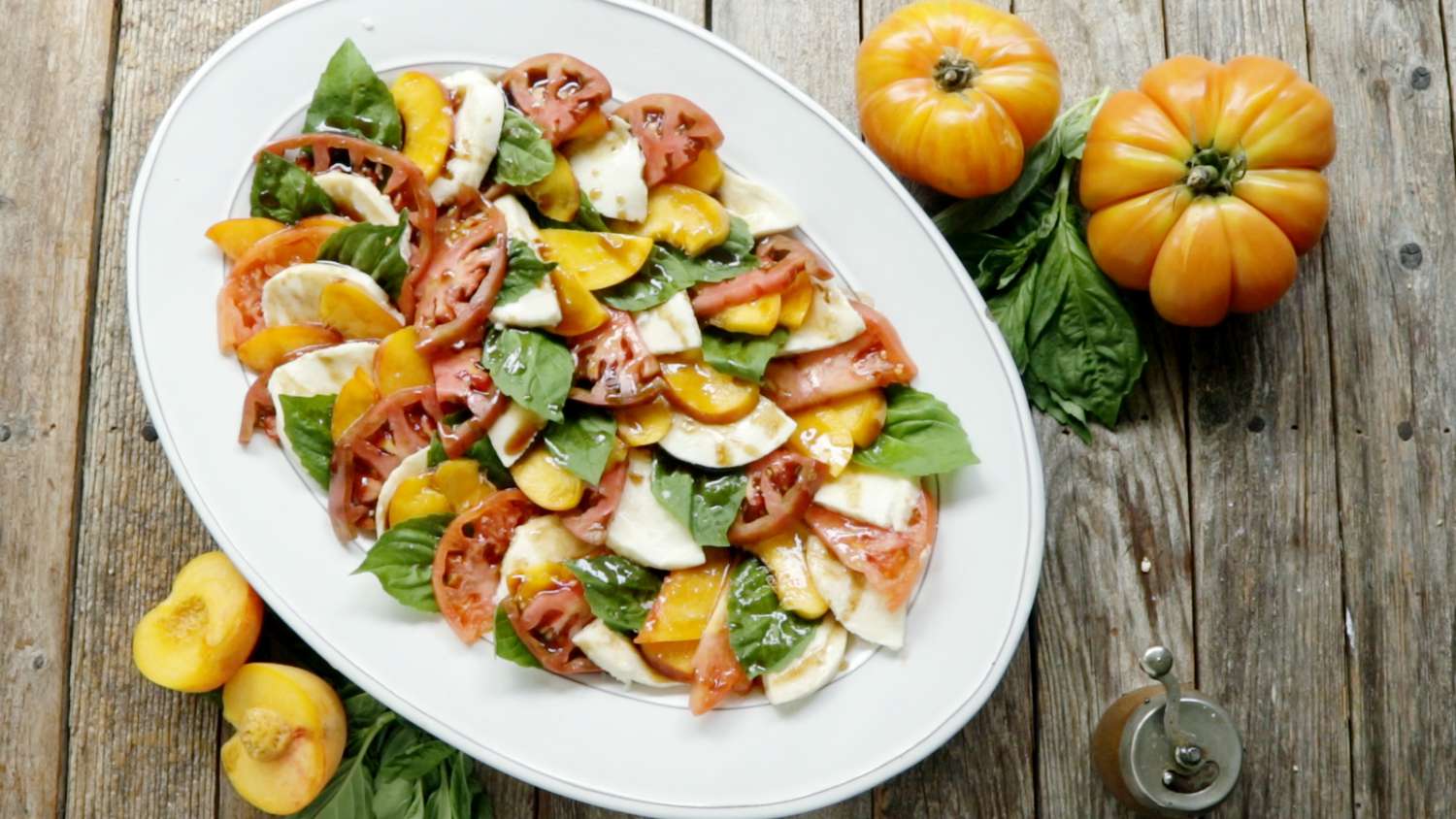

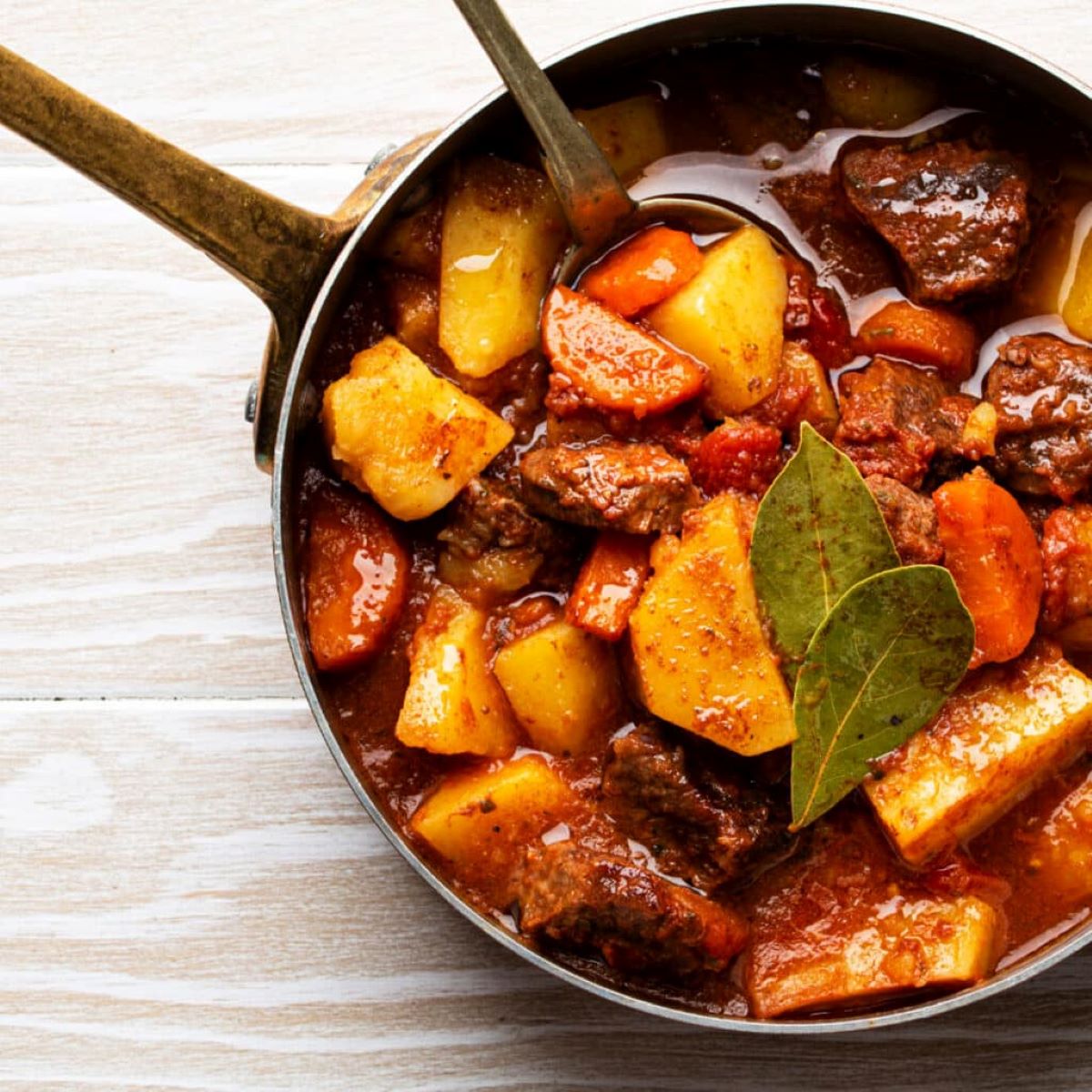





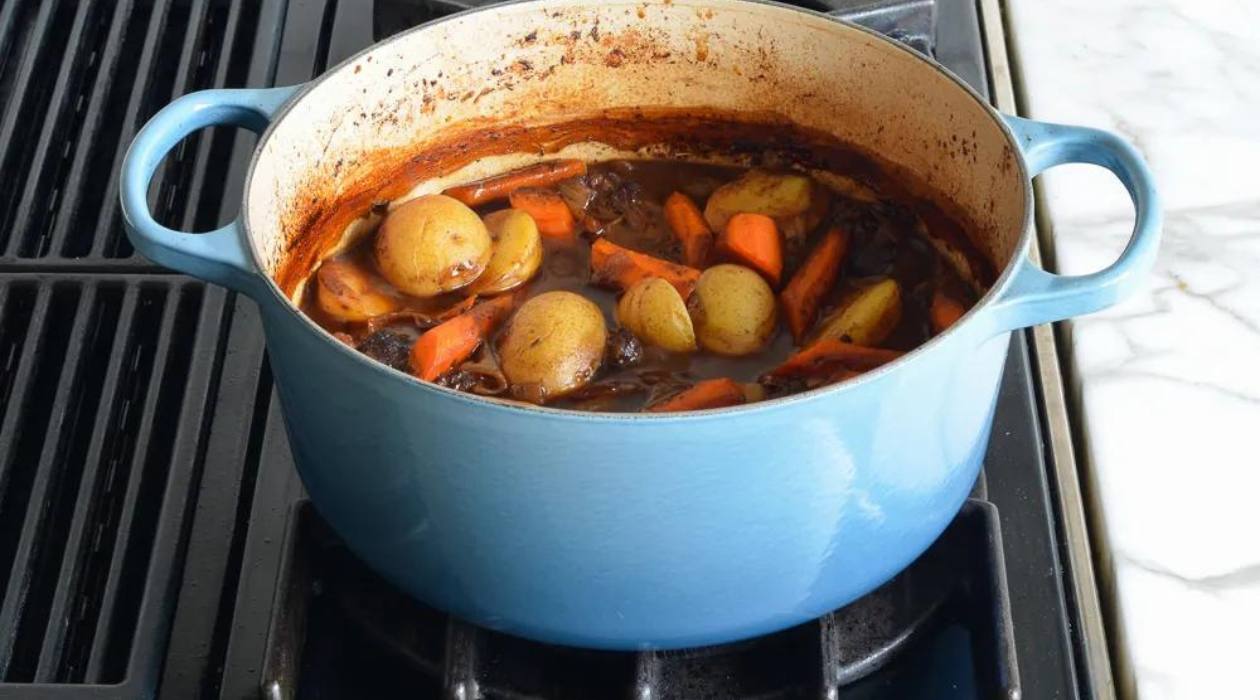


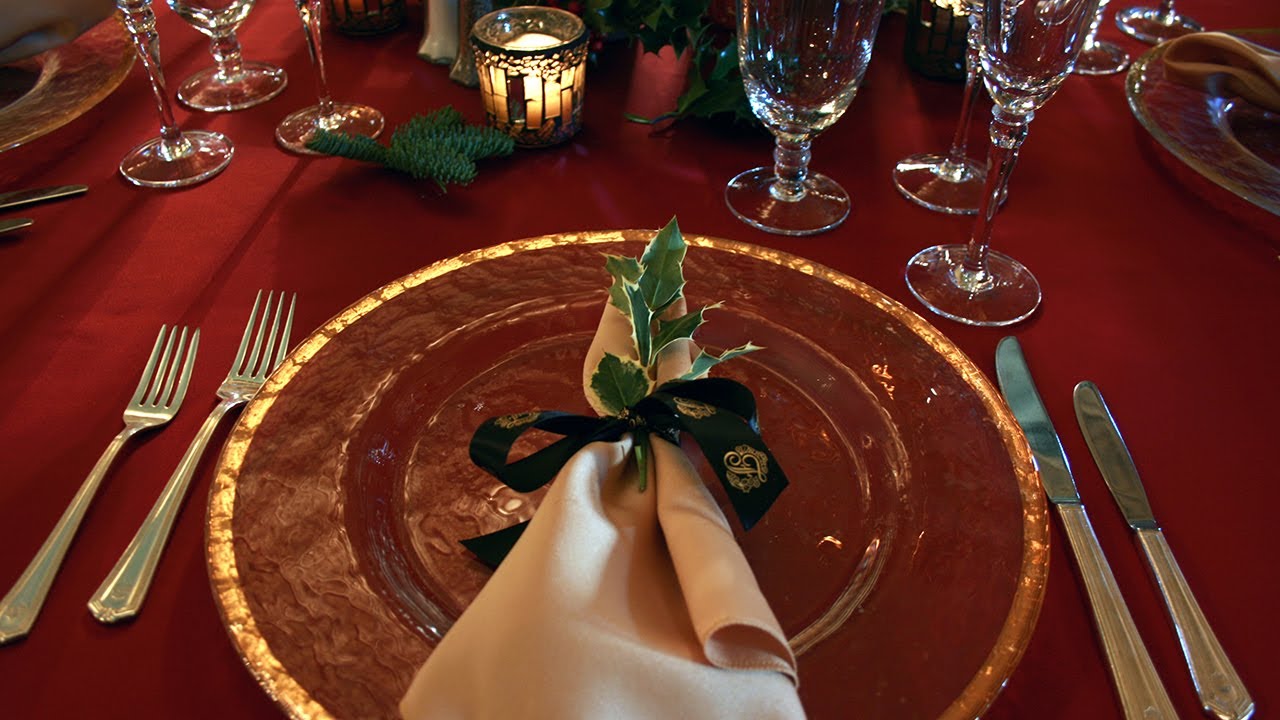



0 thoughts on “How To Serve Beef Stew At A Dinner Party”